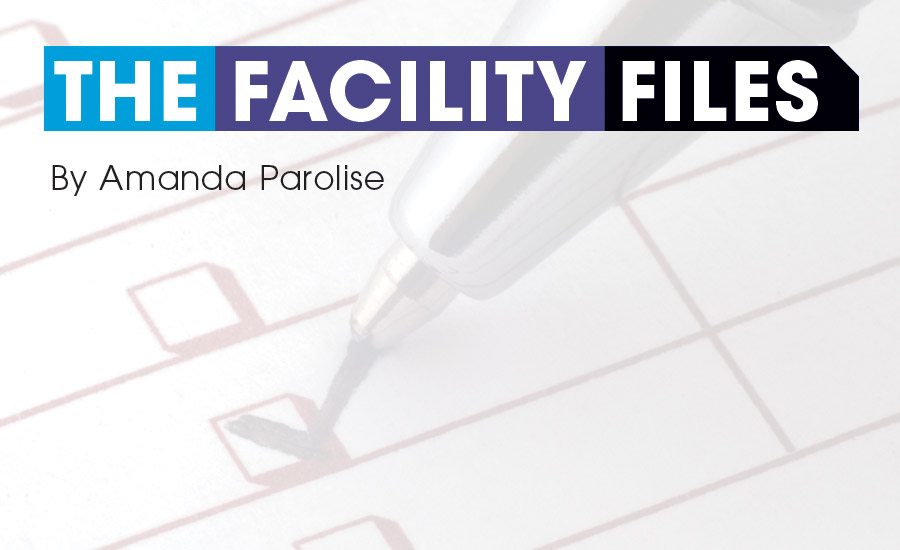This month’s Facility File will focus on the Back2Basics test on a hospital capital project to furnish and install a combined heat and power (CHP) co-generator of electricity and use of engine coolant heat rejection directed to the facility’s new pre-heat domestic hot water storage tank. The hospital shall pre-purchase a CHP generator and make the CHP manufacturer’s guidelines for installation and O&M instructions part of the basis of design.
The CHP application is described in Chapter 7 (Combined Heat and Power Systems) of the 2016 ASHRAE Handbook — HVAC Systems and Equipment and Chapter 51 (Service Water Heating) waste heat applications in the 2019 ASHRAE Handbook — HVAC Application. It’s also recommended that the D-B team review the CHP unit manufacturers’ own guidelines for engine room ventilation and waste heat applications.
At the recommendation of the health care corporate steering committee, the project delivery method shall be design-build (D-B), which is similar in many ways to 2019 ASHRAE Handbook — HVAC Applications, Chapter 59 (Integrated Building Design). The scope of work is to build a generator room adjacent to the existing electrical room and install a 200-kW gas turbine for electrical energy to be parallel power with the utility company grid interconnection of internal electrical power needs. At the same time, this new CHP unit will deliver its engine heat discharge to a new 400-gallon hot water pre-heat storage tank upstream of the domestic hot water storage tanks. This CHP unit will also be available during electrical power outages.
Prior to the D-B team’s concept document submission, the facility manager and her O&M staff will want to contribute information to the D-B team’s writing of the contract specification/basis of design document and more specifically the following activities: service contracts, parts inventory, and as-built drawings requirements. Reviewing the design phase documents, this O&M staff will want to be assured that equipment serviceability is adequate.
A D-B team meeting will be coordinated so that the owner representative/third-party commissioning and testing, adjusting, and balancing (CxTAB) consultant and O&M manager review together 2019 ASHRAE Handbook — HVAC Application, Chapters 37-44 (Building Operations and Management). This information combined with the facility manager’s own knowledge of operating an electrical generator will assist the D-B team in understanding the intricacies of operating and maintaining reliable and critical electrical systems and the associated equipment this system serves.
The D-B team will also deliver the specific collection of equipment documents in a manner that the O&M maintenance computer operator will input the data collection into the CMMS system so that the existing preventive maintenance (PM) program will be work-order ready for day one of the CHP system’s startup.
In the startup and pre-commissioning phases, the O&M staff will be proactive in following along with the D-B’s trade technicians to receive equipment, system, and ATC tablet computer training using the O&M manuals and design phase documents (that will eventually become the as-built drawings).
Once the startup has been completed, the ATC subcontractor and owner representative/third-party CxTAB consultant will complete the functional performance testing of the new CHP unit and new pre-heated domestic hot water tank addition along with the associated electrical switchgear equipment and associated heating and ventilating system automatic controls. The D-B team shall go through an automatic control system initial dry-run demonstration prior to the D-B firm demonstrating the system to the CxTAB consultant.
The ATC subcontractor will begin collecting engine room and CHP data and performance by trending the localized monitoring via computer data collection of the following:
[X] Domestic hot water/waste heat supply and return temperatures [X] Room air temperature [X] Test intervals [X] Run-time [X] Exhaust air temperature [X] Engine radiator water temperature [X] H&V alarms [X] Safety alarms.
Taking the same approach as the owner representative and design engineers, the health care facility O&M personnel will use a series of computer generated touchscreen project checklists that allows her staff to confirm that the following facility data has been collected. This process should start at the beginning of construction/build phase and not at project closeout so that the facility files can be inputted into the CMMS system. Touchscreen O&M checklists should include:
[X] Equipment shop drawings [X] O&M manuals, parts list, and lubricants [X] Troubleshooting tips [X] Generator startup and shutdown instructions [X] Engine tuneup instructions.
The training process will not only include specific H&V and ATC system and equipment training but also infection control policy and procedure training as it pertains to domestic hot water contamination. Training will also include the preventive maintenance work order system to routinely assure reliable CHP unit and domestic hot water pre-heat system performance. This requires the D-B firm to provide the associated system flow diagrams noting set points versus actual and adjustment as part of the project closeout documents. Touchscreen training checklists should include:
[X] Equipment [X] System [X] Emergency mode [X] Domestic pre-heat performance [X] Automatic controls.


